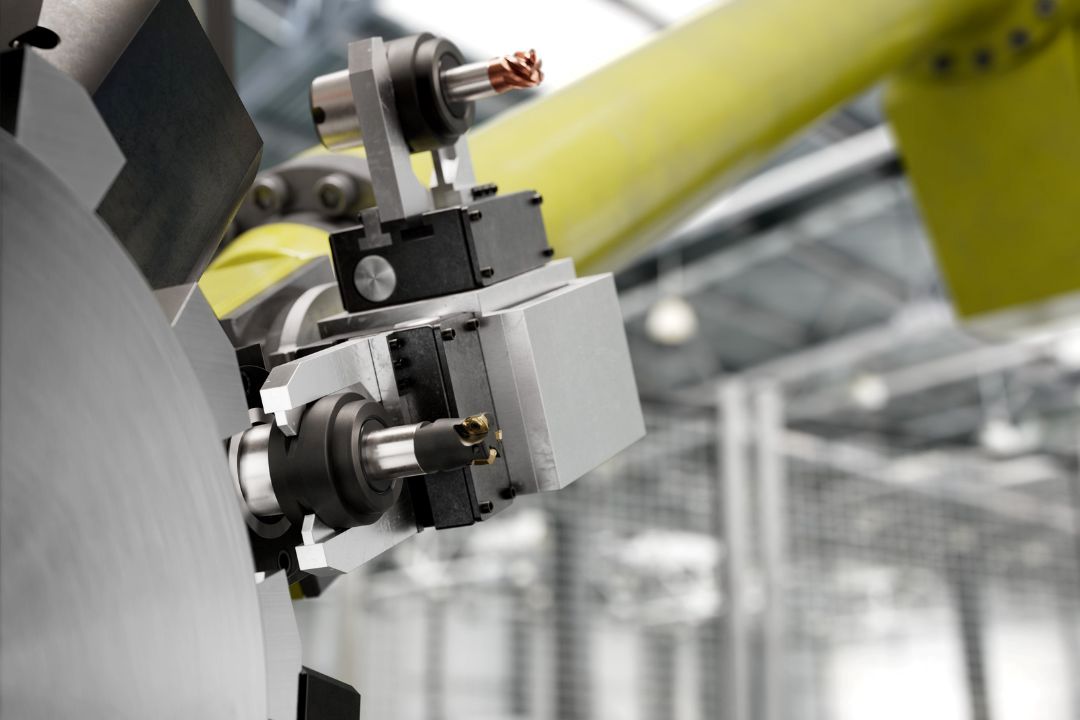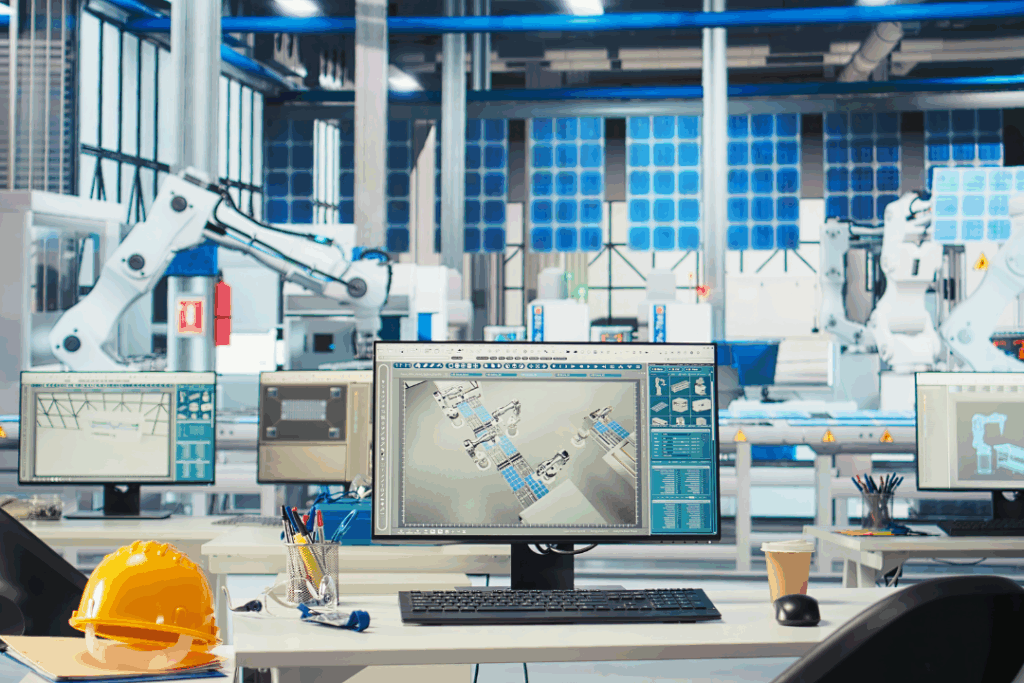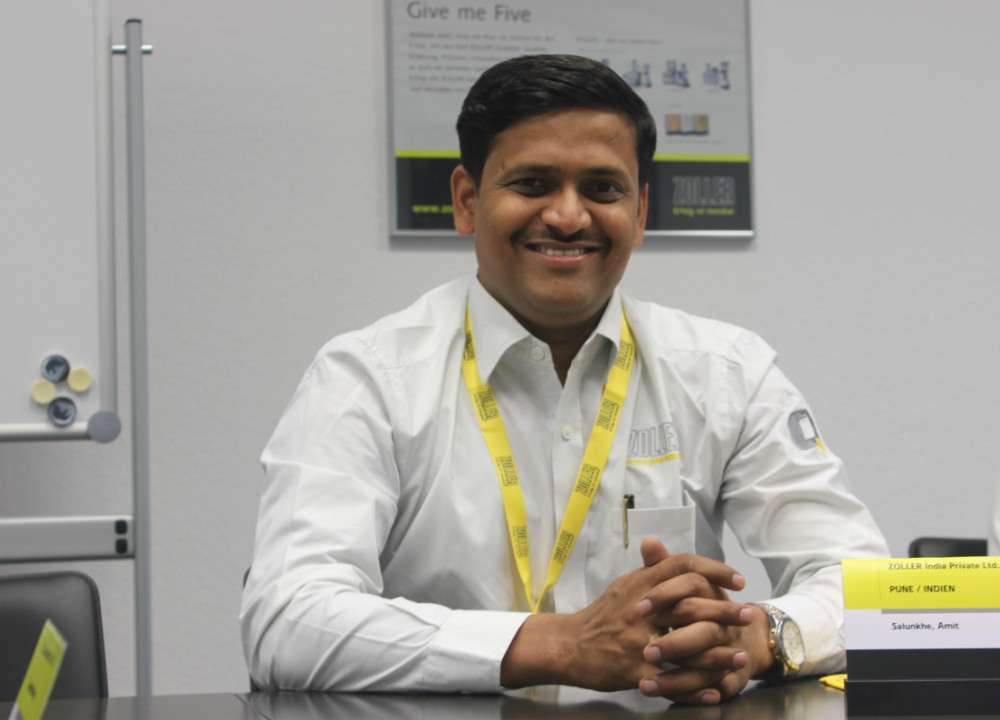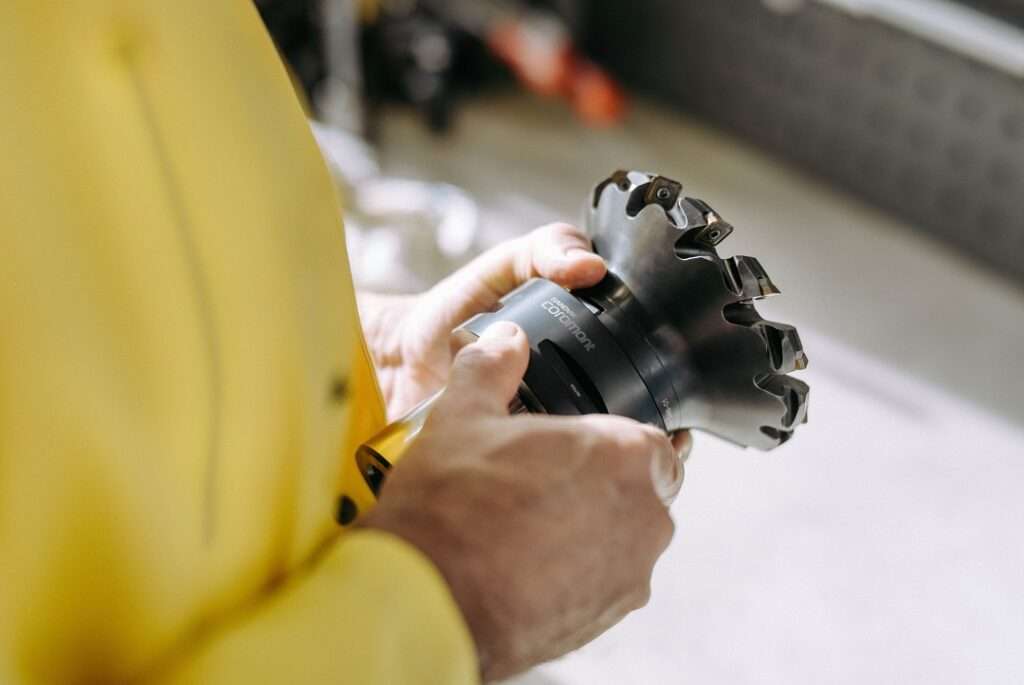Sandvik Coromant, a leader in metal-cutting tools, has launched an automatic tool change (ATC) system for machine-adapted clamping units (MACU) in turning centers, designed to increase productivity through fully automated, unmanned operations. This innovative solution aims to optimize machine utilization and reduce downtime by eliminating the need for manual tool changes.
Manual tool changes in complex part production often reduce turning center efficiency. With Sandvik Coromant’s ATC-enabled MACU, production processes can now be fully automated, leading to higher productivity and reduced per-part costs. This solution enables quick return on investment by enhancing machine uptime and throughput.
“This technology transforms turning center operations, allowing for completely unmanned production where robots perform tasks traditionally handled by operators,” said Bo Hammarberg, Global Product Manager at Sandvik Coromant. “Past robotic tool changes were slow and sometimes costly due to torque issues and broken tools. Our ATC technology overcomes these challenges, providing superior flexibility and control in tool holder configurations.”
The ATC system also offers sustainability advantages, including lower energy use, greater resource efficiency, and minimized waste. Efficiently used machines lead to less downtime and optimized energy use, boosting overall equipment efficiency (OEE).
ATC is compatible with turning centers and multi-task machines equipped with MACU and Coromant Capto® interfaces. For turning centers, an ATC-enabled MACU turret is required, and in multi-task machines, ATC can be used if the turret is designed for it. Visit Sandvik Coromant’s website to explore the benefits of automated tool change and discover their complete range of turning solutions.
Sandvik Coromant, part of the Sandvik Group, collaborates with customers worldwide to lead innovations in engineering solutions and sustainable practices. With over 80 years of industry expertise, Sandvik Coromant is dedicated to advancing productivity and efficiency, shaping a future where sustainable innovation thrives.







